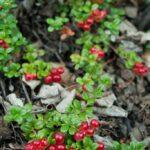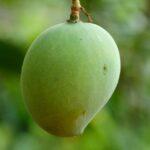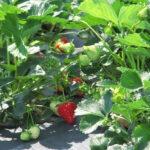Figs are a delicious and nutritious addition to any food forest garden, but not all fig varieties are created equal. Cold hardy figs, in particular, are well-suited to growing in cooler climates and can thrive in temperatures as low as ‑10 degrees Fahrenheit. Here are some tips and tricks for successfully growing figs in your food forest garden.
Steps for Growing Figs

Choose the right variety: Not all figs are cold hardy, so it’s important to choose a variety that is known to do well in cooler temperatures. Some good options include “Chicago Hardy,” “Celeste,” and “Brown Turkey.”
Plant in the right location: Cold hardy figs do best in a sunny location with well-draining soil. They also prefer slightly acidic soil with a pH between 6.0 and 6.5.
Provide protection in winter: Cold hardy figs are hardy enough to survive in colder temperatures, but they may still benefit from protection during the winter months. You can use straw or burlap to cover the trees, or even build a small cage around them.
Keep an eye on pests and diseases: As with any fruit tree, cold hardy figs are susceptible to pests and diseases. Keep an eye out for common issues such as fig rust, fig mosaic, and scale insects, and take action as needed.
Prune regularly: Regular pruning will help to promote healthy growth and fruiting. Prune your cold hardy figs in the late winter or early spring before new growth begins.
By following these tips and tricks, you’ll be well on your way to growing healthy and productive cold hardy fig trees in your food forest garden.
Keywords: Cold hardy figs, Food forest garden, Growing figs, Figs varieties, Cold hardy fig varieties, Cold hardy fig tree, Winter protection, Pests and diseases, Pruning figs, growing figs, steps to growing figs, tips for growing figs
Check out Little Tree Food Forest for articles on food forests and homesteading.
Check out StoryScapes for articles on creative writing.










